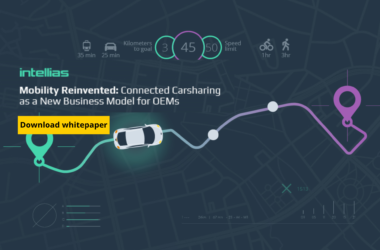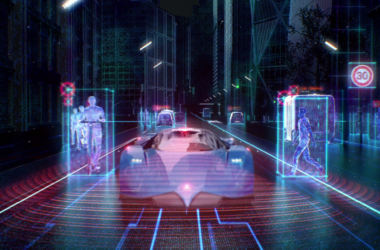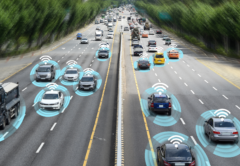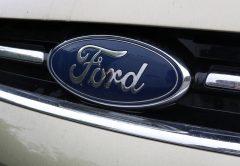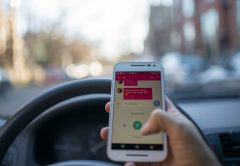Three-dimensional printing has come a long way over the past few years, allowing both consumers and corporations the chance to print a wide range of items. Could it go one step further and change the cars of tomorrow?
Ford is one of the first automakers to explore the technology and began testing the Stratasys Infinite Build 3D printer in March 2017. In a press release, Ford said the printer could be a “breakthrough” that provides a “more efficient, affordable way to create tooling, prototype parts and components for low-volume vehicles such as Ford Performance products, as well as personalized car parts.”
Those are some lofty goals, but what are the realities of 3D printing? Can it go above and beyond Ford’s goals?
“I think if you follow Moore’s law and you have this continuing advancement of the technology, then yes, it’s eventually going to happen,” said Frank Schwartz, principal and founder of Advanced Automotive Consulting Services. “What they’re capable of doing these days is absolutely amazing. But actually using 3D printing for mass-produced volume parts, I think we’re a ways from that.”
Personalized Car Parts
Automakers aren’t the only ones that could use a 3D printer to manufacture custom parts. As the technology matures, consumers could theoretically do the same, presenting a new challenge for connected automobiles.
“[The auto industry] is concerned about the whole right to repair,” said Sam Lauzon, a senior engineer in research at the University of Michigan Transportation Research Institute (UMTRI). “If people are going to be able to legally repair and manipulate their cars’ electronics or vehicle systems, how will that impact the safety and security of them? Right now if you want to replace the transmission in your garage, go right ahead, there’s nothing illegal about that. But if we start adding security to your transmission and you could possibly 3D print that at home, what are the ramifications of that?”
Lauzon said this is especially problematic if consumers wish to print their own parts of autonomous vehicles.
“If people are doing things like that, they have to ensure the parts are good,” he said.
More Exciting Designs
Jeffrey Tumlin, principal at Nelson\Nygaard, a transportation planning consultancy, hopes that 3D printing will allow automakers to build more attractive automobiles.
“One of the areas in which I think 3D printing becomes very interesting is in that lower speed urban vehicle,” said Tumlin. “You design a little jewel box of a 20mph vehicle using 3D printing, which I think could create an explosion of an amazing design thinking that could bring some joy back into automotive design.”
Tumlin referred to automobiles as the “most complex corner of the entire design world,” with immense safety and liability concerns.
“One of the things I find disappointing is that the designers are still trying to have the car – one car – serve all possible functions,” Tumlin added. “That’s ridiculous. I’m not going to own a car in the future. I’m going to call up the right tool for the job. If I have a hot date, I’m going to want a very different vehicle than if I’m going on a camping trip.”
About the author:
Louis Bedigian is an experienced journalist and contributor to various automotive trade publications. He is a dynamic writer, editor and communications specialist with expertise in the areas of journalism, promotional copy, PR, research and social networking.


